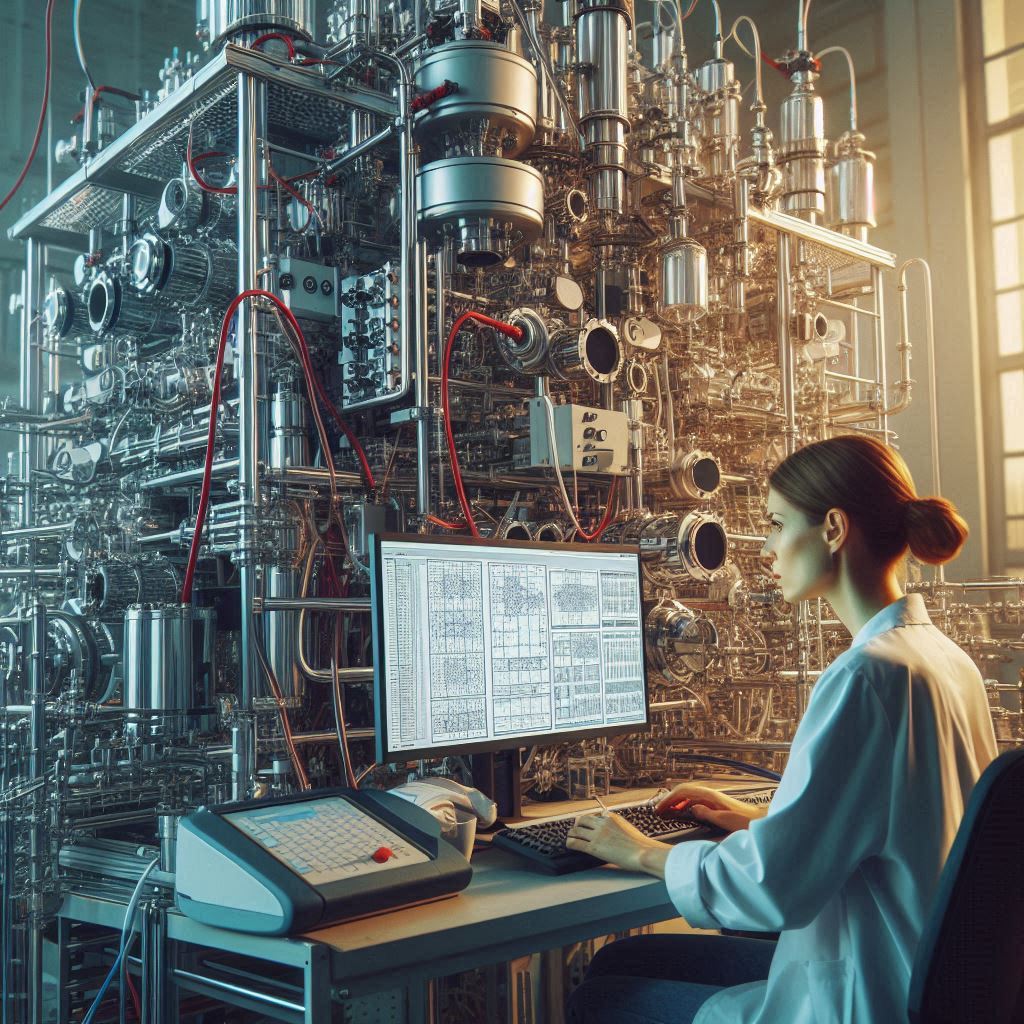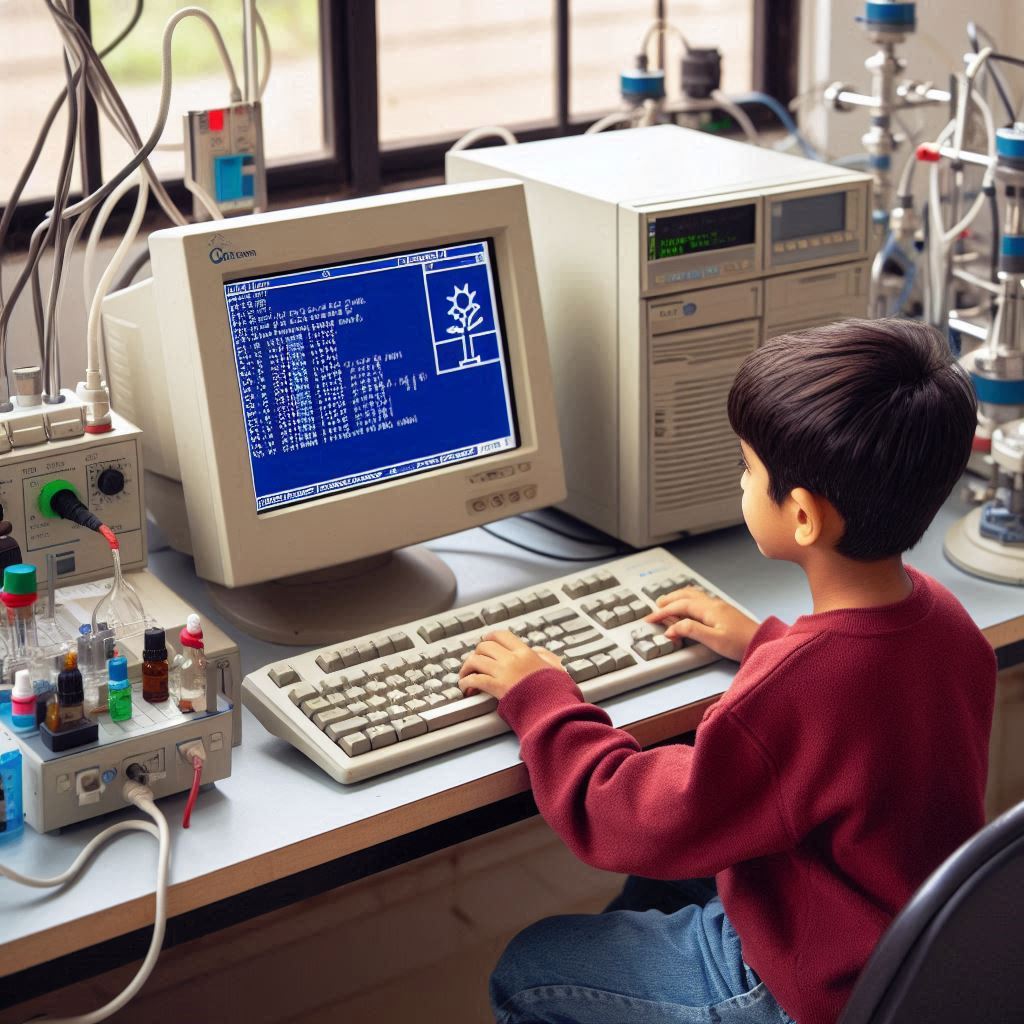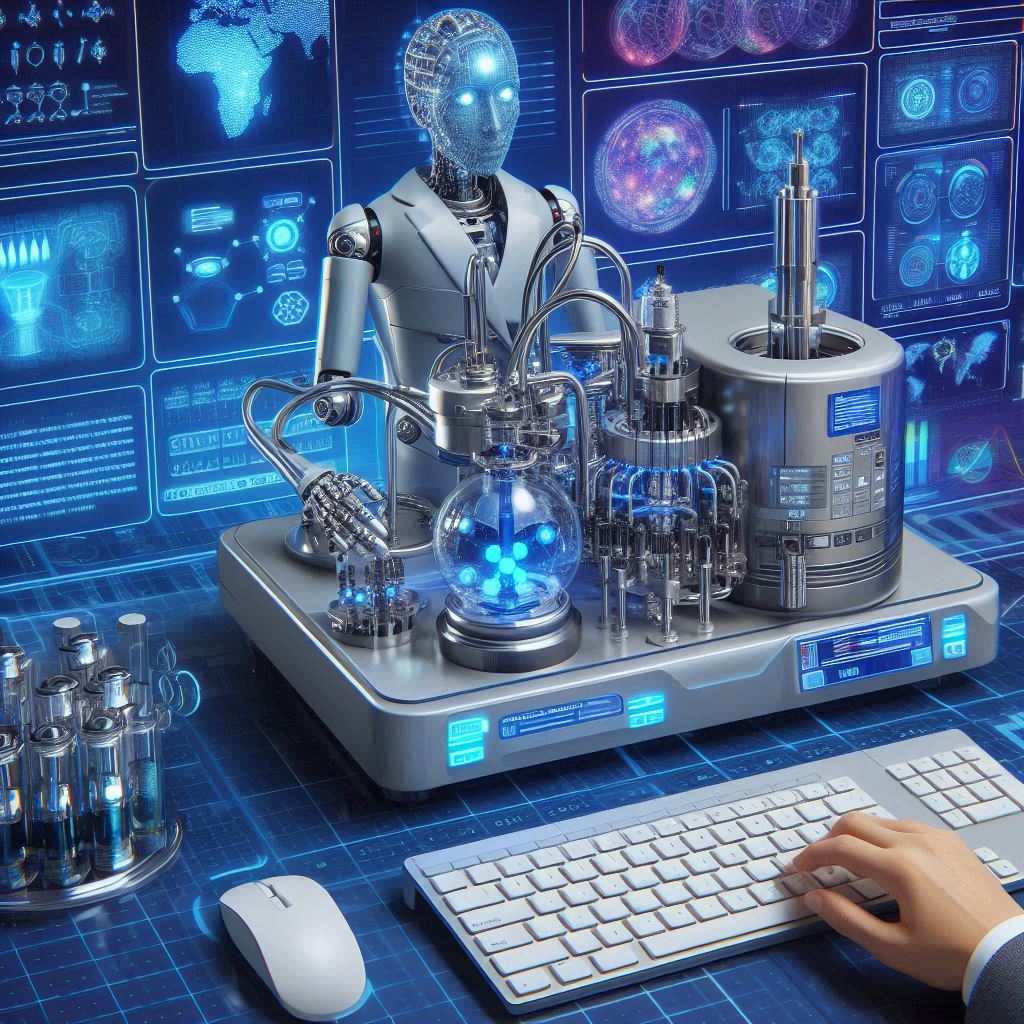I’m currently in the process of configuring a car to lease, and I am struck by how complicated the configurations for cars have become. I realise that this is a proper case of “first world problems” and I should be thankful I can afford such luxuries, but it really does seem as if in recent years they’ve increased the number of options. I am certain this is all in the name of giving the customer the choice they want, but I would have thought that picking the specification of a small, electric Volkswagen (other electric car makers are available) would be easy. The car I am looking at comes in seven different trim levels, two battery sizes, and then has a huge, long list of other options. You can probably image why this got me thinking about mass spectrometers…

I often single out MC-ICP-MS instruments in this blog, the excuse being that it’s the type of mass spec I have most experience with. When I started using them, they were very easy to specify; “would you like a rear ion counting detector with your nine Faradays?” being pretty much the only question you need to ponder. But oh boy has the level of complexity and choice increased since then!
Detector technology has moved on in leaps and bounds, and any reader of this blog knows I talk about detectors perhaps a little bit too much. There are now a wide variety of ion counting detectors for those smaller ion beams in your life, and they can be had as single detectors or in arrays of up to twelve. Choosing how many ion counters you need, and how to locate them with reference to your Faraday detectors can be a major challenge. And that’s before you start thinking about discrete dynode SEM vs channeltron vs Daly detector.
As to the Faradays themselves, they can now be fitted with a range of differently gained resistors depending on the ion beam size (fortunately not something we need to worry about at Isotopx with our ATONA system). And how many Faradays would sir need? Perhaps 28 would be enough? Yes, it really is possible to specify an MC-ICP-MS with 28 Faradays! Put this together with the aforementioned ion counting options and you may need a supercomputer to design your collector array, never mind use it.

Once you combine the Faraday detector options and ion counting detector options there is an almost limitless number of possibilities. If you’re only interested in one isotope system then making that choice is relatively easy, but if your shiny new mass spec is shared between multiple groups that measure multiple isotope systems then it is a mammoth task to design the ideal instrument. Yet… this is what we asked the mass spec vendors to produce!
I remember in the late 1990’s when I started giving MC-ICP-MS demonstrations to potential customers and “flexibility” started to appear as an important customer requirement. In other words, changing from the simple 9-Faraday single ion counting collector system was driven by the demand for the instrument being capable of analyzing an ever-increasing number of isotope systems without requiring a whole new collector block (that’s a story for another day).

In the last few years, it has got worse… much worse! We’re now in an era of not just collision cells, but also pre- and post-cell filters to allow species to be reacted and consequently mass shifted, the goal being unambiguous measurement of an analyte without the presence of interfering species. This development was driven by the customer demand for easier measurement of “difficult” analytes such as calcium and potassium, as well as in situ analysis where interfering species are a problem. But in my limited experience of speaking to the operators of such instruments; setting up, tuning and using instruments with all of these technologies is significantly harder; a message that is confirmed by watching any talks given by users.
Is it all worse now? Absolutely not! I started working on MC-ICP-MS instruments when the software was DOS-based. Setting up a new analytical method, including making a mass bias correction and perhaps accounting for an isobaric overlap was the job of a qualified computer programmer. Now it is child’s play. Exporting and processing data was also a job that required the patience of a saint, whereas now it is instant or near-instant. I do look back with rose-tinted glasses but even I know that some things are better.

How will it change in the future? As ever, it will be driven by the demand of you, the customers, so be careful what you ask for! I do hope that the choice of reaction cell chemistry and pre/post-cell filtering will become less manual and more automated. Software is also likely to get better, with AI-supported algorithms used to set up new methods and choose which collectors to use with minimal initial input from the operator. Existing software is a big step towards this target already. Remote operation of isotope ratio instruments is already a commonly-used tool but I suspect that this will increase, in my product manager days I often got asked for safe, secure unattended analysis with an app for remote monitoring. Here at Isotopx, we strive to make our software (and hardware) easy to use, and this is definitely reflected in the design ethos of the next product we are currently developing.

And what about those basic, nine Faraday, single ion-counting instruments with no pre- and post-filtering? I think they are becoming vanishingly rare, especially in the Earth sciences.
That’s it for now, but before I finish, it is worth mentioning that this blog is not a dig at the complexity of existing MC-ICP-MS instruments. They have been designed to offer as much choice to the operator as possible, and this insistence on flexibility has to a degree driven the complexity. You’ll decide yourself where you fit on the sliding scale of flexibility versus complexity. And finally, back to the car, it turns out that only one of the seven trim levels on my car has the gadget I want (matrix lights, if you’re interested). So maybe a bit of complexity can be OK too.
If you have any comments to make about the level of complexity in analytical instruments (or indeed electric cars), please let me know, and I’ll get back to you as soon as I can. As always, send to Stephen.guilfoyle@isotopx.com.
